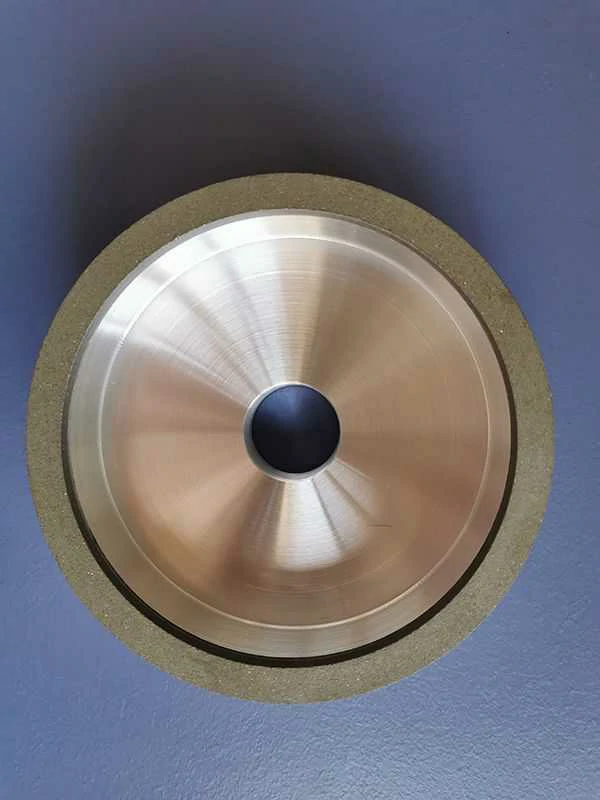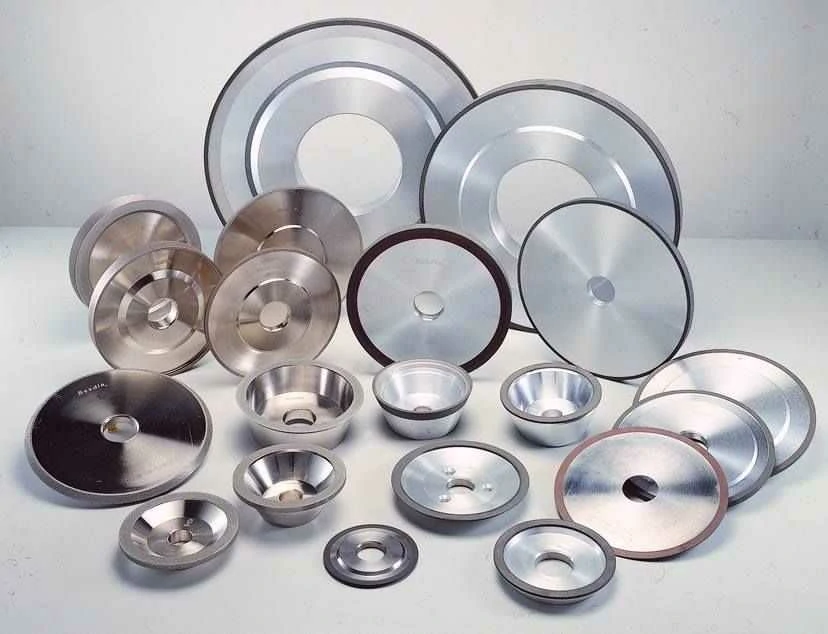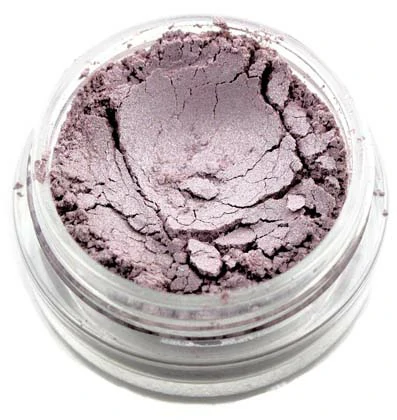Knowledge Related to Titanium Dioxide Production Equipment
Titanium dioxide (TiO2) is a widely used pigment in various applications such as paints, coatings, plastics, and cosmetics. The production of titanium dioxide involves several key steps, and the equipment used plays a crucial role in ensuring high-quality and efficient production. In this article, we will explore the essential knowledge related to titanium dioxide production equipment.
1. Reactor
The reactor is the central unit in titanium dioxide production, where the chemical reactions take place. The raw materials, including titanium ore and sulfuric acid, are introduced into the reactor. The reactor must be made of materials that are corrosion-resistant and capable of withstanding high temperatures and pressures. Common materials used for reactors include stainless steel and glass-lined steel.
2. Filtration system
After the chemical reactions occur in the reactor, the slurry containing titanium dioxide particles needs to be separated from the liquid phase. A filtration system is employed for this purpose. The most commonly used filtration equipment is a vacuum drum filter or a belt filter press. These filters effectively separate the solid particles from the liquid and allow for further processing of the titanium dioxide.
3. Centrifuge
In some cases, a centrifuge is used instead of or in combination with a filtration system. A centrifuge applies centrifugal force to separate the solid particles from the liquid by spinning the mixture at high speeds. This equipment offers a faster and more efficient separation process for titanium dioxide production.
4. Calciner
After filtration or centrifugation, the titanium dioxide solid cake is obtained. The next step is to remove any remaining moisture and convert the titanium dioxide into its final crystalline form. This is achieved through a calcination process in a calciner. The calciner operates at high temperatures to drive off the water and facilitate the formation of pure titanium dioxide particles.
5. Grinding and milling equipment
Once the titanium dioxide particles are in their crystalline form, they need to be further processed to achieve the desired particle size and distribution. Grinding and milling equipment, such as ball mills or jet mills, are used for this purpose. These machines crush and grind the titanium dioxide particles to enhance their dispersibility and improve the overall quality of the pigment.
6. Bagging and packaging machines
The final step in titanium dioxide production is the packaging of the pigment. Bagging and packaging machines are used to fill the finished titanium dioxide powder into bags or containers. These machines ensure accurate and efficient packaging, preventing contamination and facilitating easy transportation and storage.
In conclusion, titanium dioxide production equipment plays a vital role in the manufacturing process, ensuring high-quality and efficient production of this widely used pigment. Reactors, filtration systems, centrifuges, calciners, grinding and milling equipment, as well as bagging and packaging machines, are all essential components of a titanium dioxide production plant. Understanding the functions and specifications of these equipment is crucial for optimizing production processes and achieving desired product quality.
.webp)



